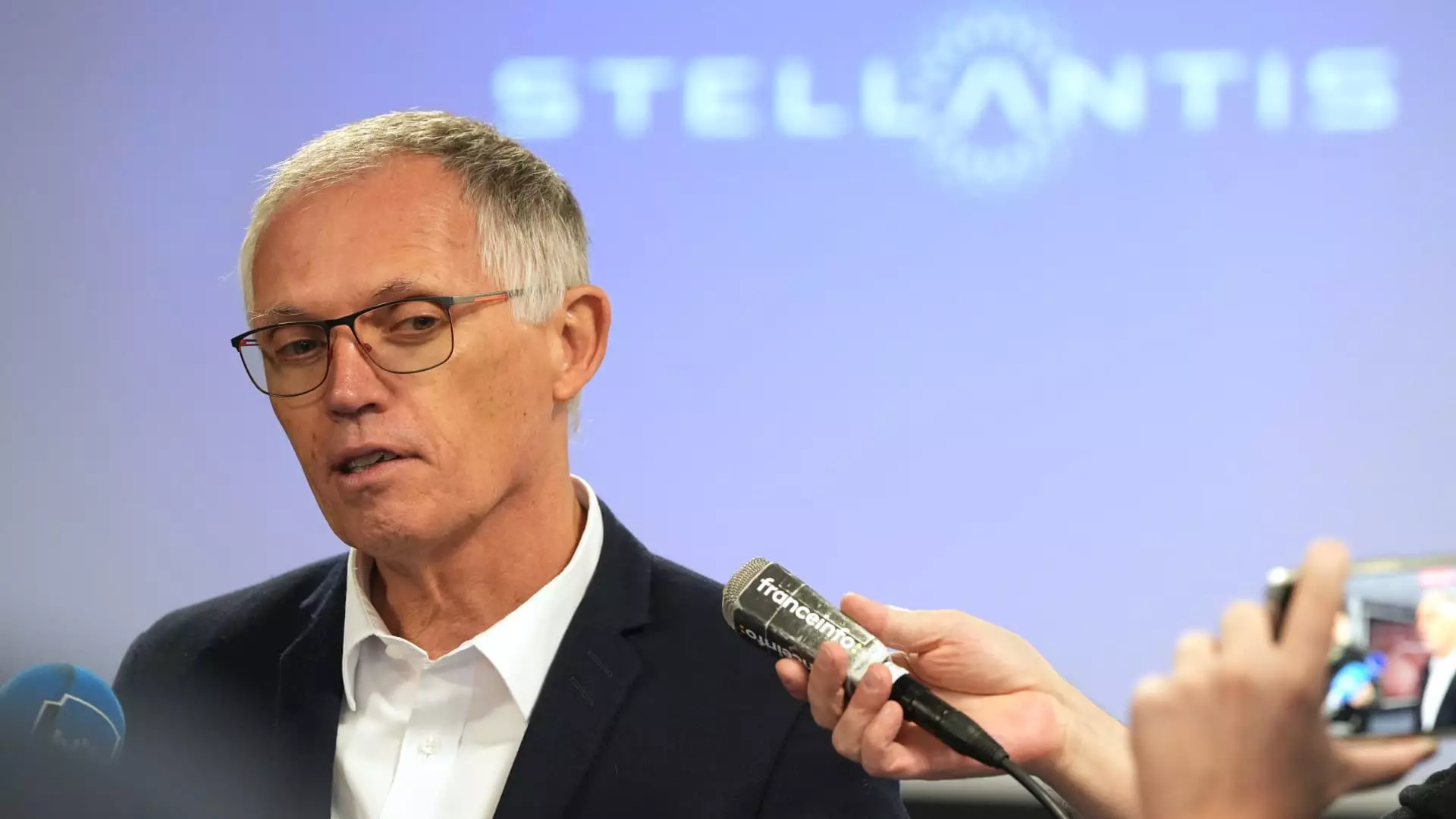The automotive industry is witnessing an escalating confrontation between Stellantis, a leading global automotive manufacturer, and the United Auto Workers (UAW), a prominent American labor union. This tension reached a boiling point when Stellantis initiated a lawsuit against the UAW, effectively questioning the union’s recent actions and the legitimacy of potential strike authorizations. This article delves into the implications of this lawsuit, the underlying grievances, and its potential ramifications for workers and the industry.
Stellantis’s legal action, which targets both the UAW at large and its California local chapter, is not merely a reaction to labor discontent but indicative of deeper systemic issues within the company. The automaker claims that the strike authorization vote taken by the workers in Los Angeles could lead to significant production losses, which it argues would be a violation of the existing contract. Stellantis has stated that the lawsuit aims to hold the union accountable for any financial damages incurred due to an unlawful strike. In the wake of such a lawsuit, it raises questions about the motives behind Stellantis’s actions—is it a protective measure, or an attempt to suppress worker dissent?
UAW President Shawn Fain has publicly condemned the lawsuit, dismissing it as a “desperate” act from an executive team that appears to be losing its grip on the situation. This assertion highlights a broader context where union leaders perceive such legal actions as intimidation tactics aimed at undermining their strength. The UAW maintains that it acts in the interest of its members and will not retreat in the face of legal threats. The current struggle represents not just a fight over financials, but a battle for power and place within the corporate structure.
At the core of this dispute are the contractual obligations—terms agreed upon late last year—between Stellantis and the UAW. Reports indicate that Stellantis has failed to uphold its end of the bargain, primarily by reducing plant production and executing layoffs that contradict previous promises. The UAW has repeatedly emphasized its willingness to go on strike as a necessary recourse to combat these failures; however, Stellantis argues that such a strike would contravene the contractual terms which allow adjustment based on market conditions.
Stellantis references “Letter 311,” a communication that lays out the company’s investment philosophy conditioned on various business factors, to substantiate its decisions on production changes and investment delays. However, how these contingencies are interpreted by both parties is crucial. While Stellantis views them as justifiable business maneuvers, the UAW sees them as breaches of faith that undermine workers’ rights and security.
As the conflict progresses, several potential outcomes loom on the horizon, each carrying significant implications for the automotive workforce. If Stellantis succeeds in its lawsuit, it could discourage union activities and embolden other companies to take a similar legal stance against labor organizations. This could set a dangerous precedent that potentially erodes the gains made by unions in securing fair labor practices across the industry.
Conversely, should the UAW prevail in its claims, it may reinforce the union’s position and encourage heightened activism among workers in other sectors facing similar challenges. Fain’s remarks on the need for UAW members to “save this company from itself” underline a growing sentiment—this struggle is crucial for worker empowerment.
Moreover, at a time when the automotive industry is experiencing significant transformation, particularly with the shift towards electric vehicles and changing market dynamics, the outcome of this legal skirmish could influence broader labor relations within the sector. A labor force galvanized by unity and strength could help navigate the turbulence brought on by technological changes and economic pressures.
The legal battle between Stellantis and the UAW transcends mere contractual disputes; it embodies a struggle for labor rights, corporate responsibility, and industrial integrity. As both sides brace for a complicated skirmish in the court and on the factory floor, the ultimate resolution of their conflict will likely have lasting repercussions not just within Stellantis, but also across the broader automotive landscape. The stakes are high, and the eyes of the industry and the workforce remain intensely focused on this unfolding drama.


Leave a Reply